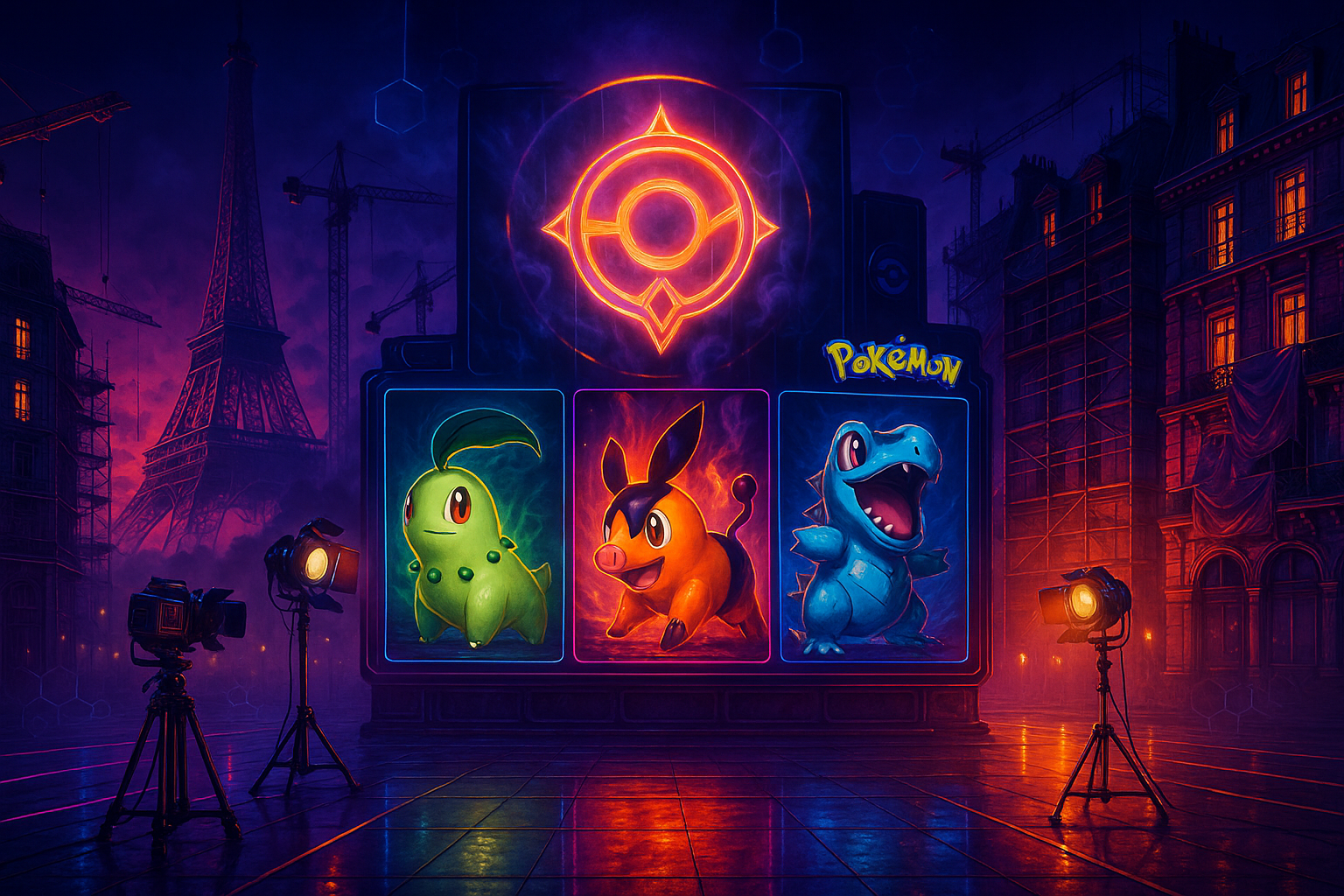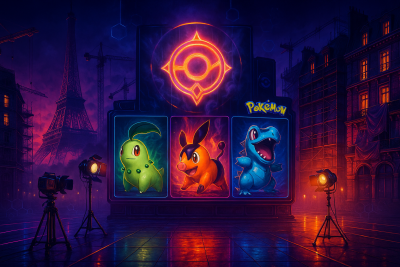Pokémon Legends has taken an unusually theatrical route to launch—opting for suspense and cinematic storytelling over the traditional steady drip of gameplay reveals.
When the game was first announced, the brief trailer showed Lumiose City—modeled on Paris—undergoing an urban redevelopment project, and then quietly ended after displaying the symbol for mega evolution, the mechanic introduced during the franchise’s sixth generation on the Nintendo 3DS. Little to no gameplay footage or Pokémon battles were shown.
The trailer dominated online conversation for weeks, and nearly a year later the team behind Z-A has only cautiously released limited information. The studio has shared the expected basics: core game mechanics, the starter Pokémon (from left to right: Chikorita, Tepig, Totodile), and short bios for key characters. For many fans, however, the pace and scope of those reveals fall short of precedent—previous entries traditionally supplied multiple gameplay demos, progressive creature reveals, and clearer descriptions of new gimmicks as launch approached.
That criticism has met with a counterpoint from the franchise’s new marketing direction. Z-A’s rollout is a multi-genre campaign that blends game promotion with cinematic short-form storytelling, deliberately prioritizing atmosphere and mystery over mechanical exposition. The result is a mixed critical reception: some praise the ambition and narrative-first approach, while others lament the absence of the hands-on detail fans expect. Regardless, the campaign has generated significant buzz, and observers suggest this may be one of Pokémon’s boldest marketing moves to date—one that could influence how future entries are promoted.
The strategy also attracted attention beyond traditional gaming circles. Conversations about Z-A rippled through wider entertainment and online communities, including crypto and Web3 groups that frequently monitor cultural moments for crossover opportunities. While there has been speculation about potential NFT, metaverse, or blockchain tie-ins, no such integrations have been announced; the current campaign remains a cinematic and promotional experiment rather than a token or DeFi play.
For marketers and franchises watching closely, Z-A demonstrates a shift: high-profile IPs can prioritize brand-driven storytelling and controlled mystery, even if that risks short-term fan frustration. As October 16 approaches, the community will be watching whether further gameplay disclosures arrive, how the mega evolution tease is integrated into play, and whether this theatrical marketing becomes a new standard for large-scale game launches.





